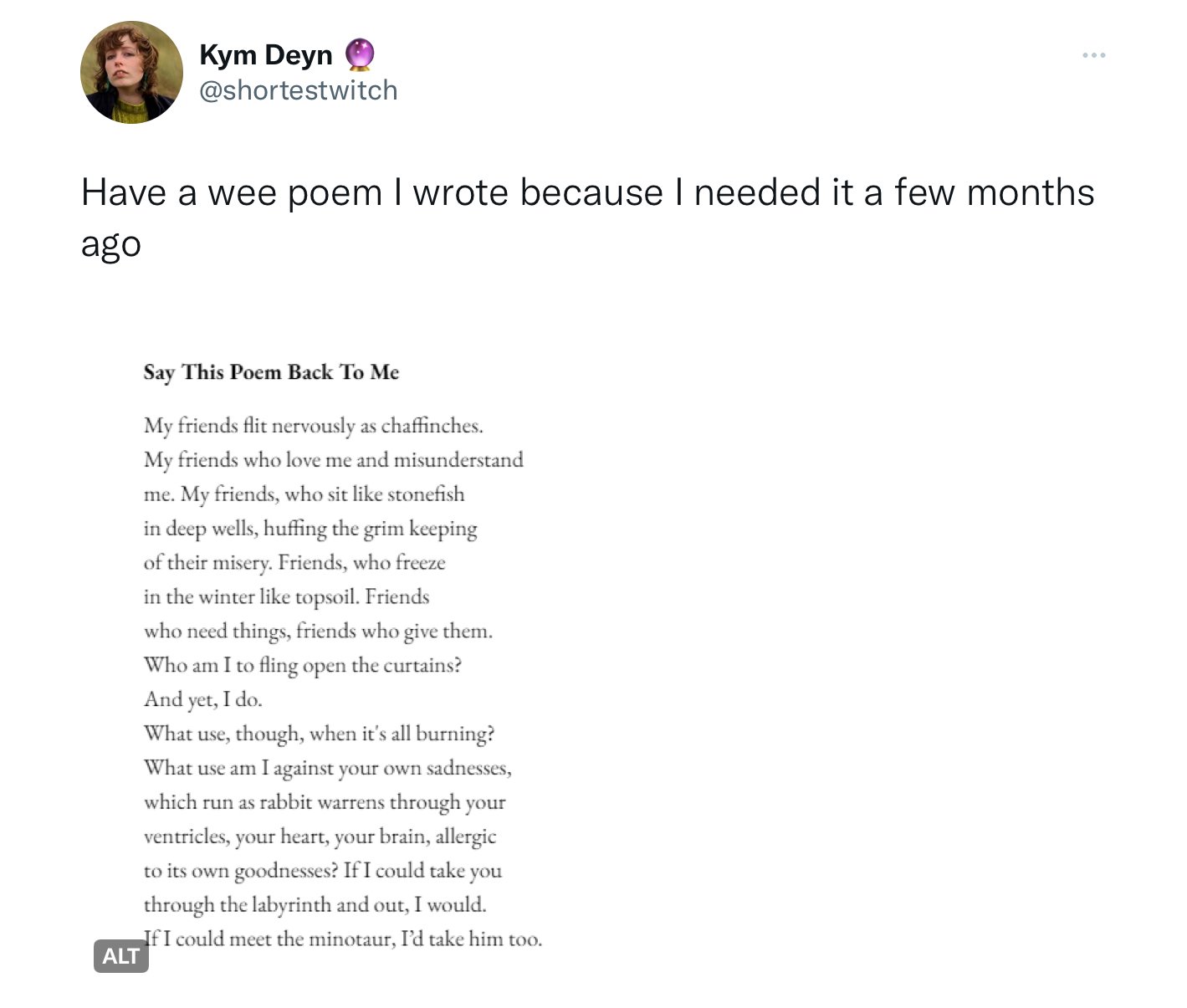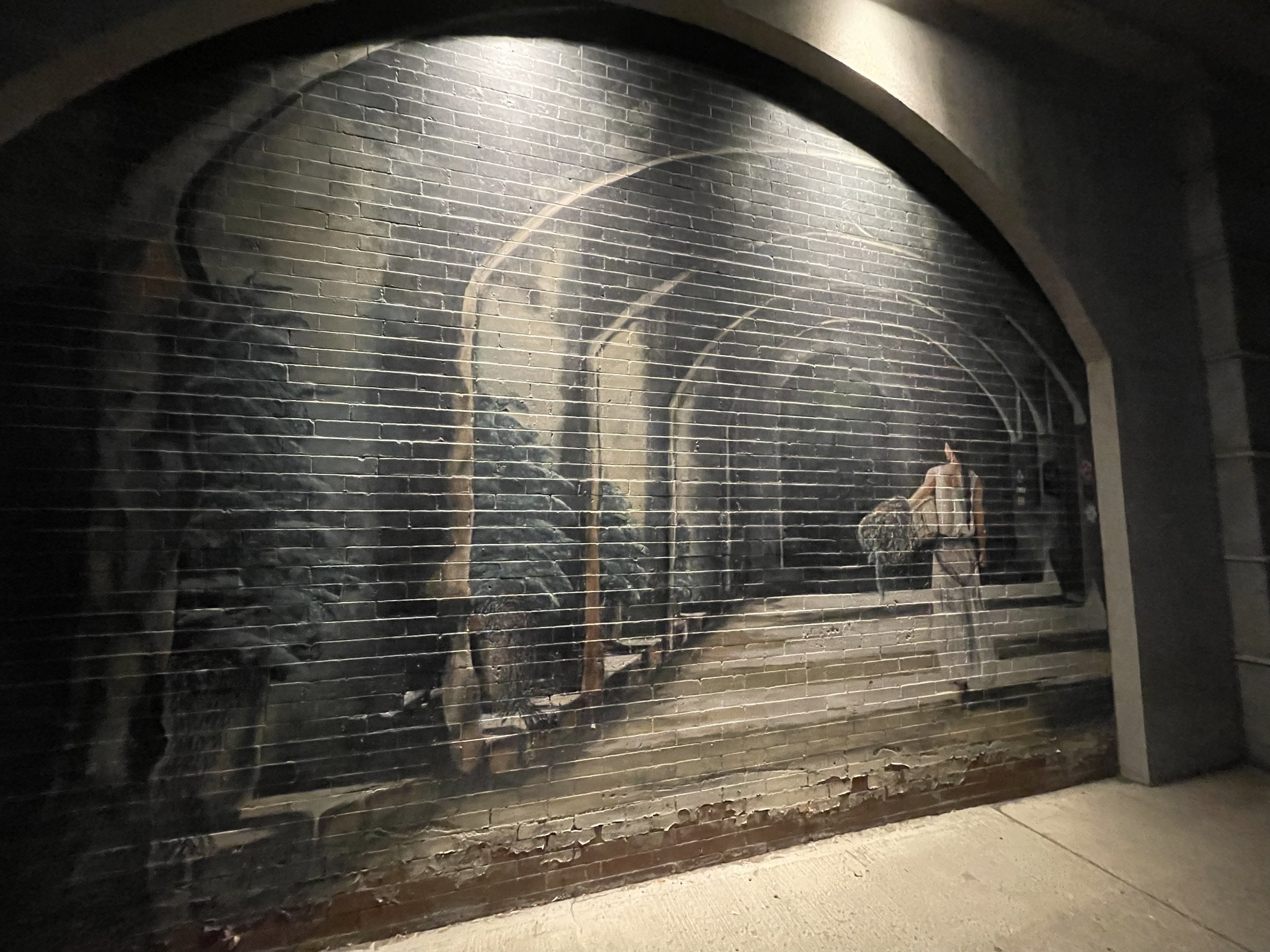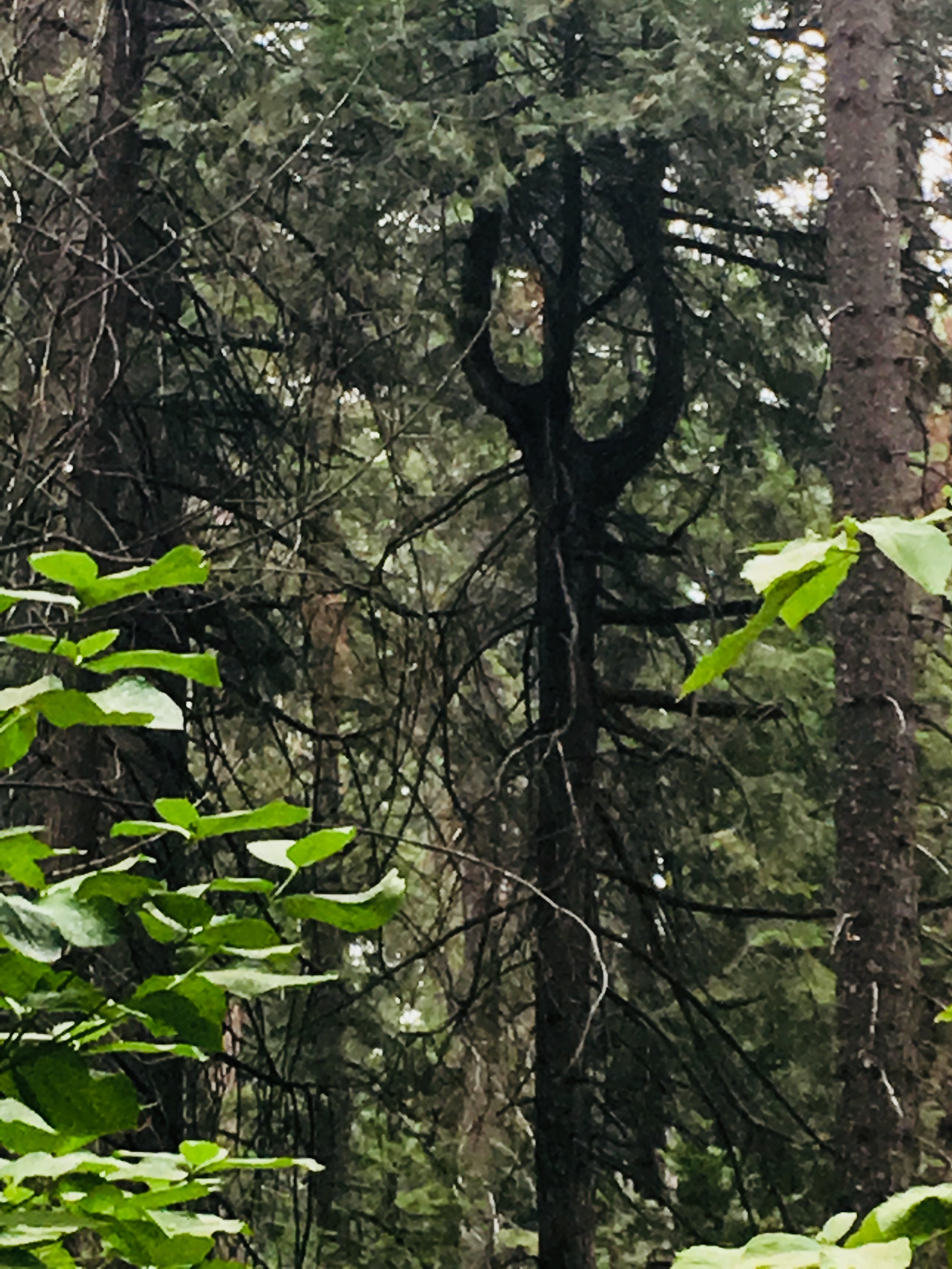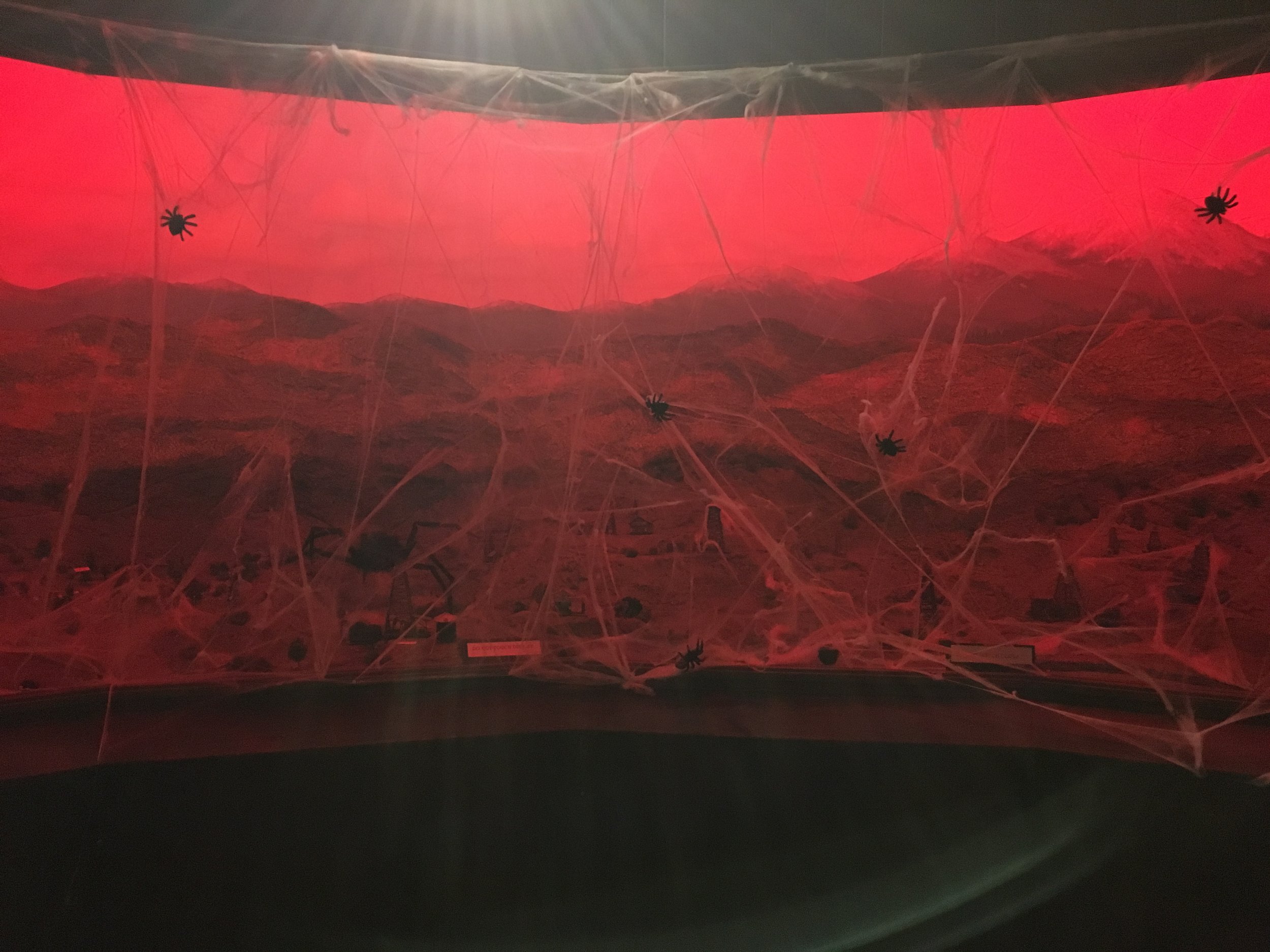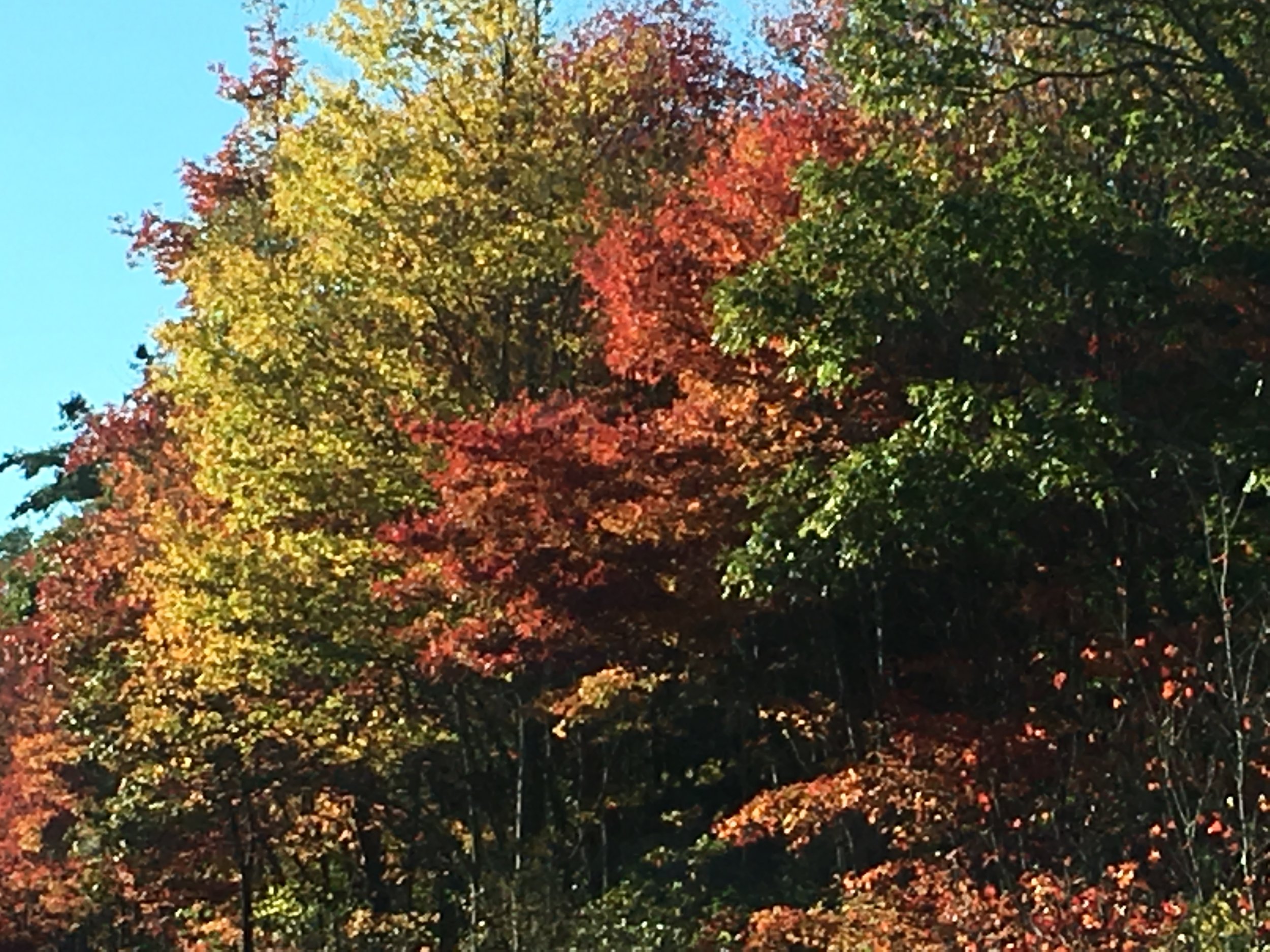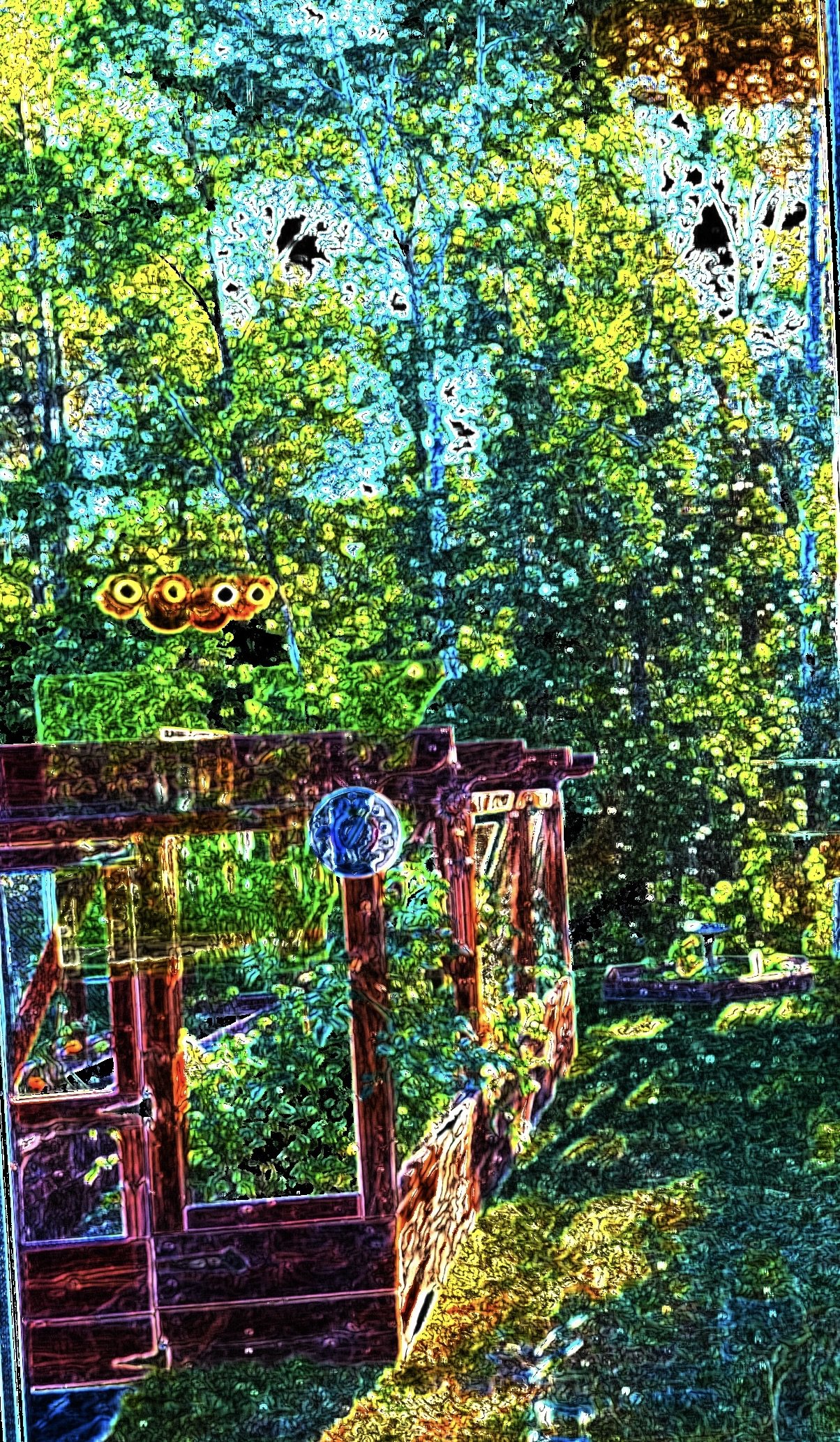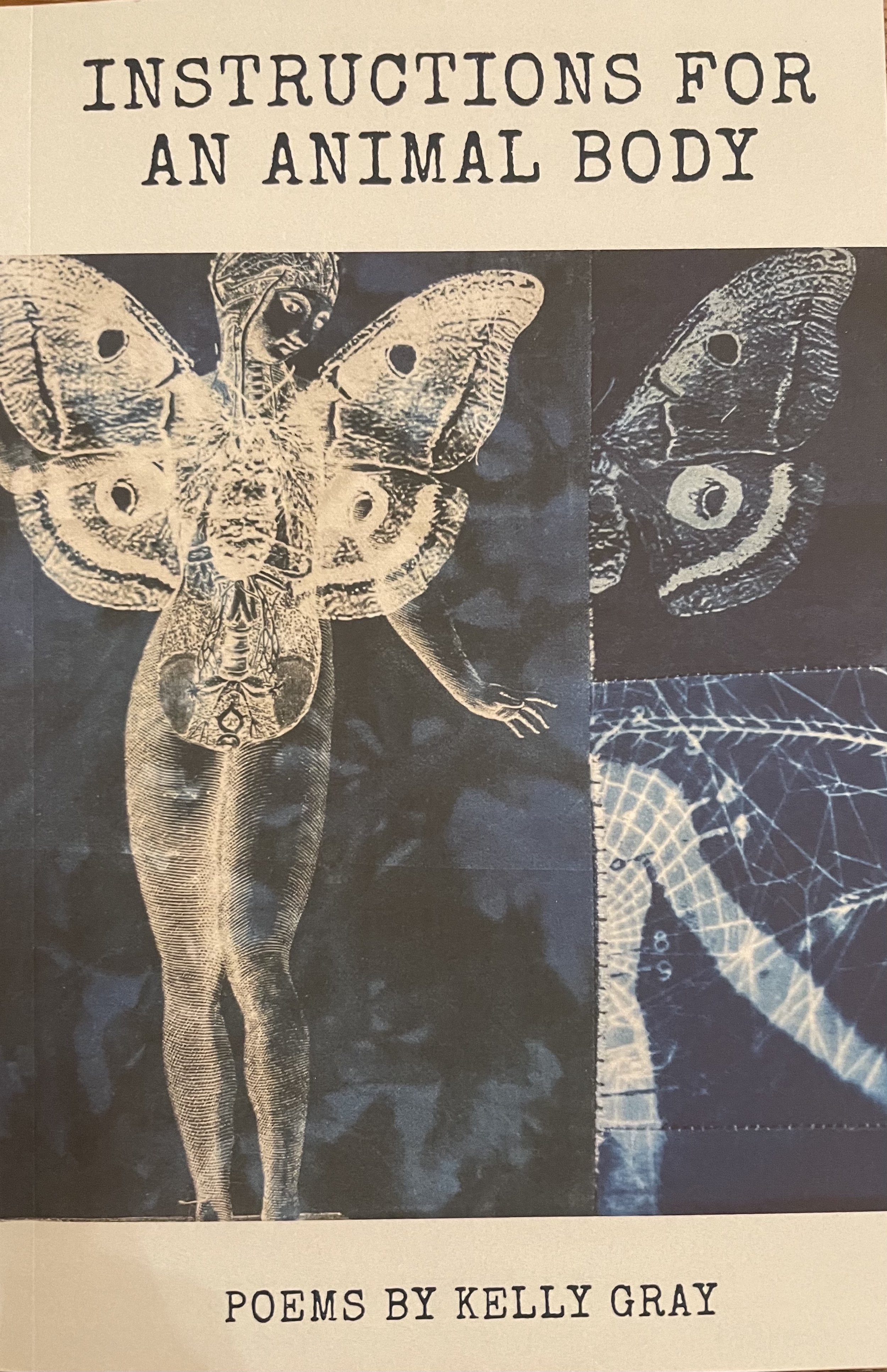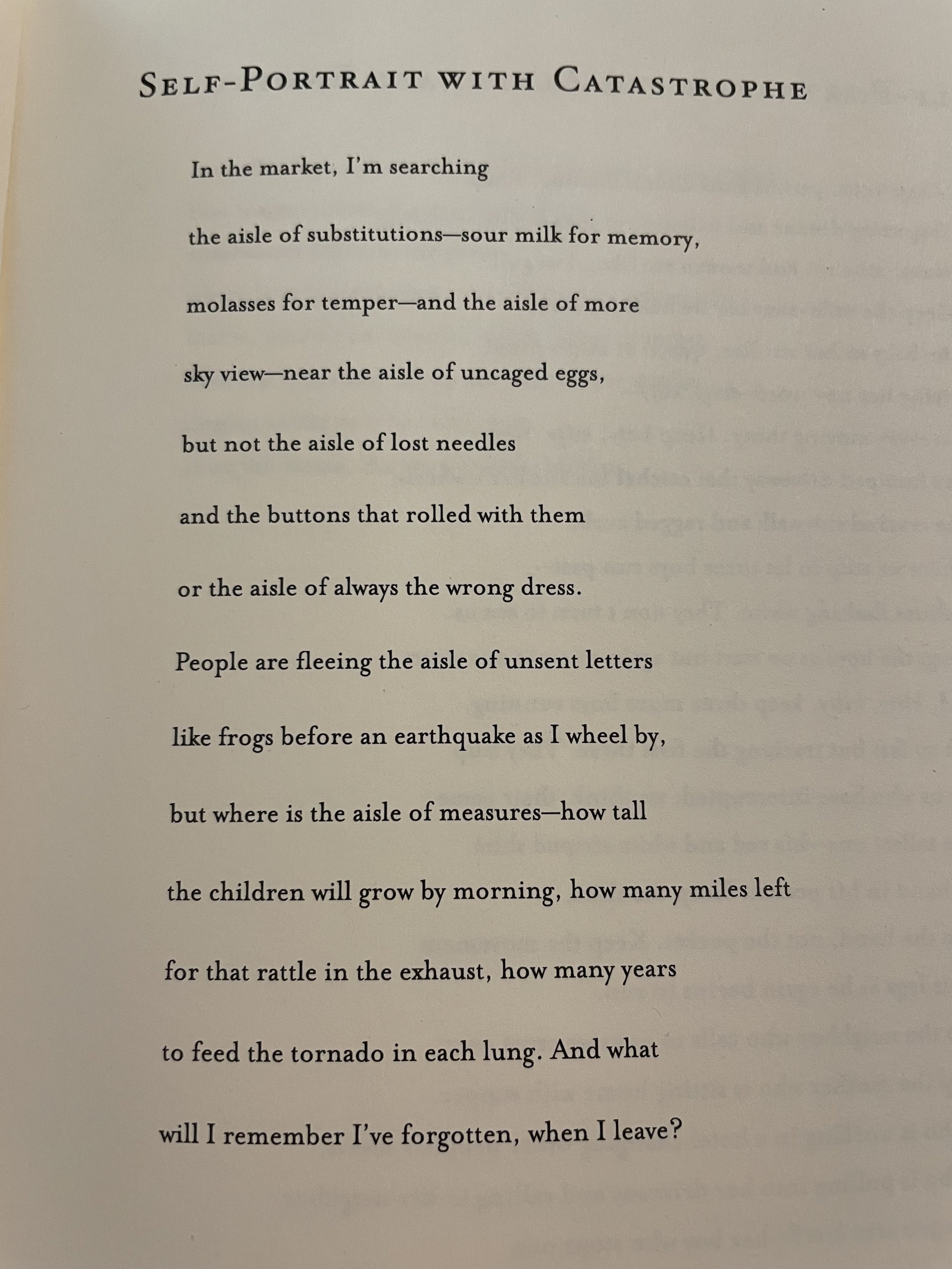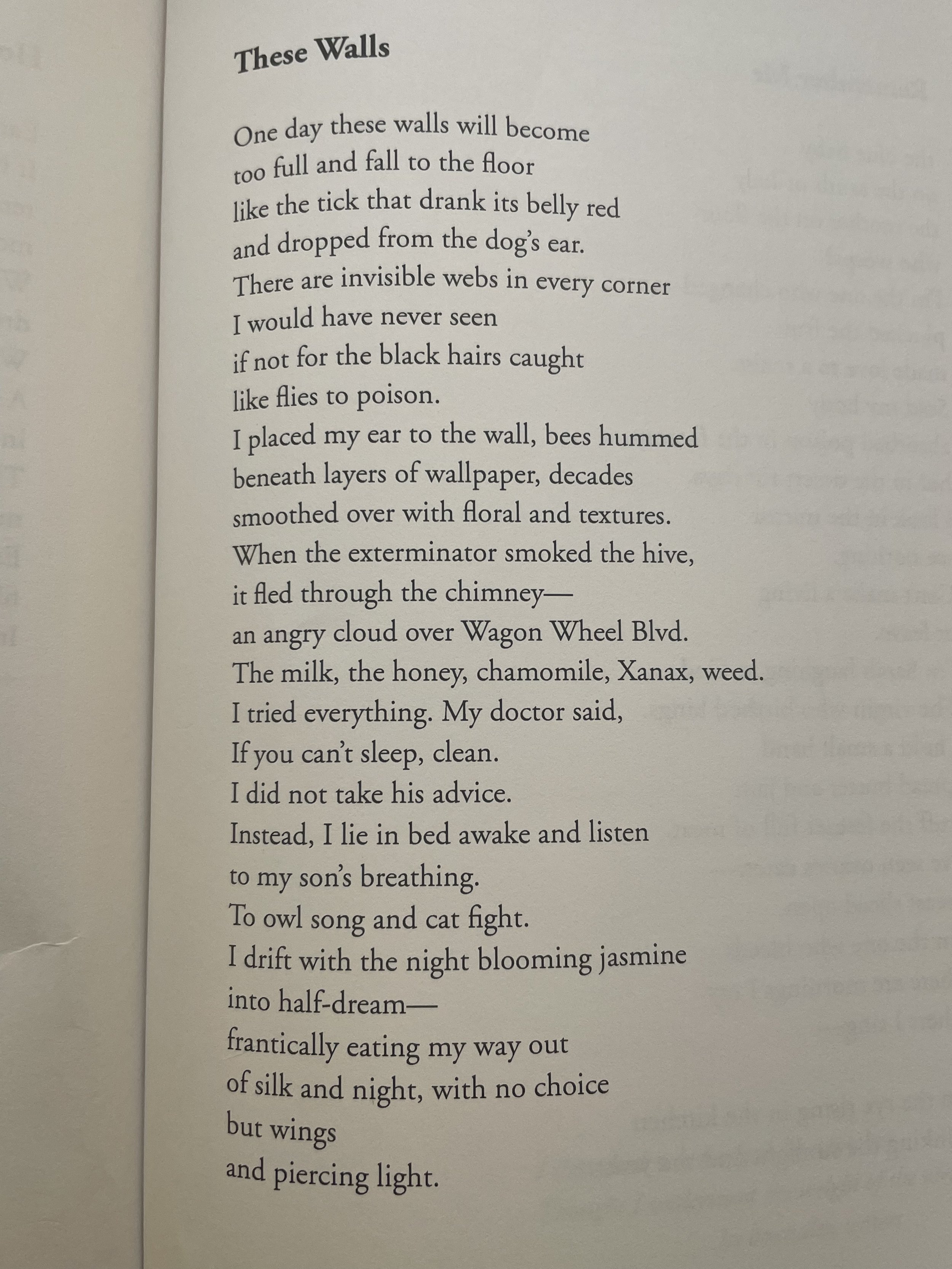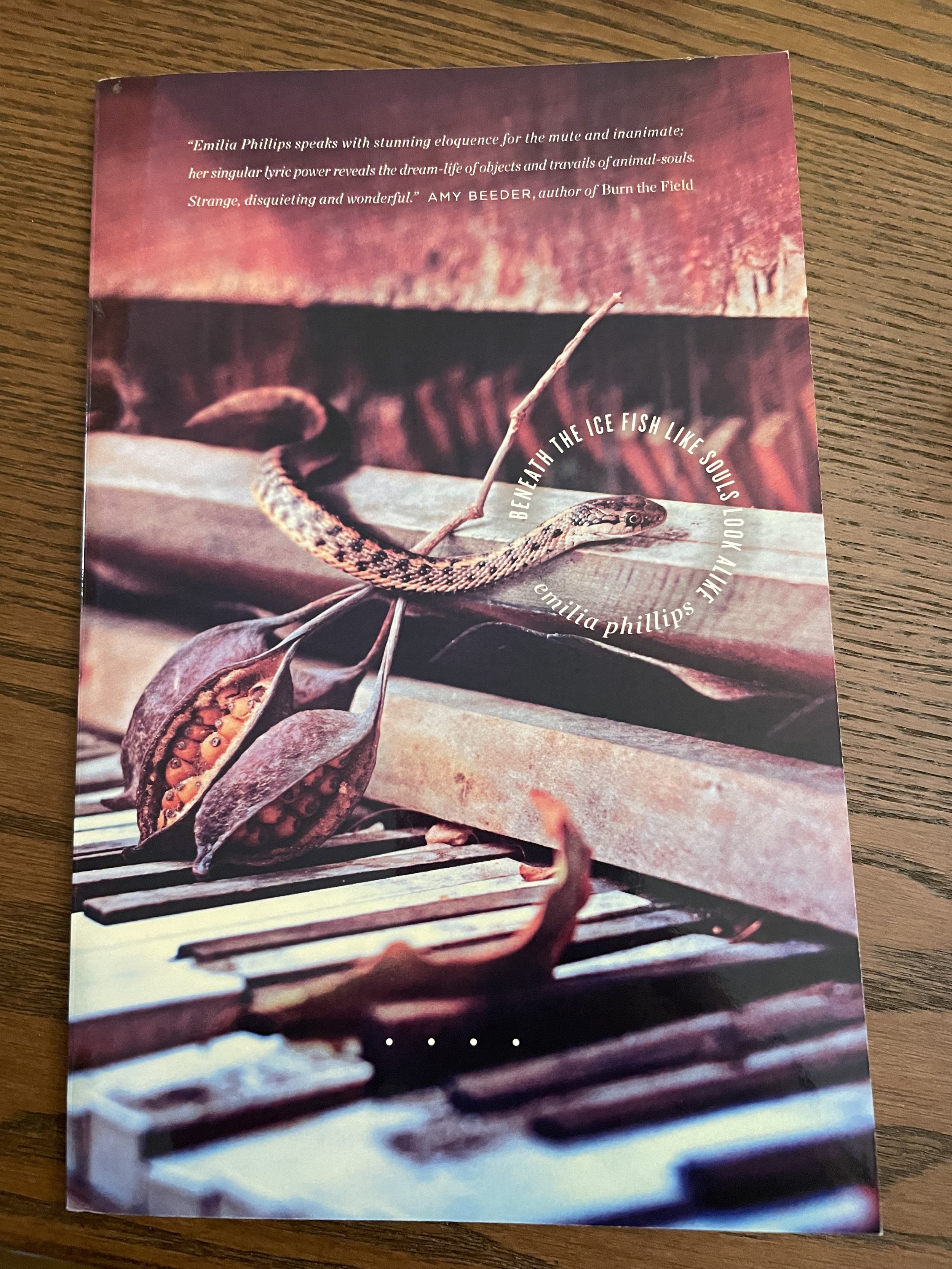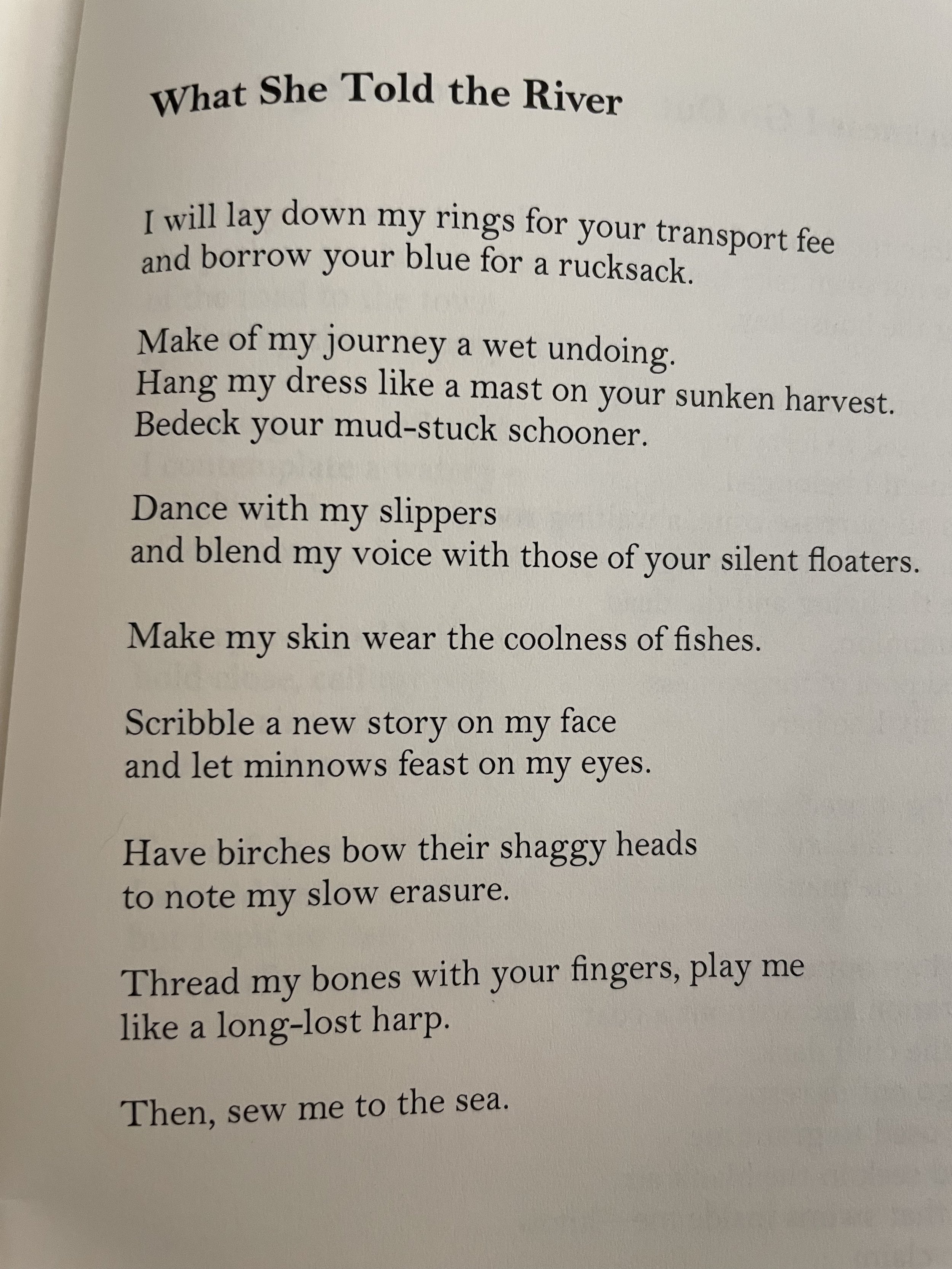Sorry for the delay this week. I will try to have another prompt tomorrow or if not, then by Tuesday. Tonight’s prompts are inspired by Derrick Austin’s “Little Epic.” I love the conversational tone paired with allusion and the grounding of abstractions.
For the first prompt, tell a summary of a well-known myth or fairy tale or TV series or even a horror franchise. Play with the story’s tropes and archetypes and use a similar conversational tone as “Little Epic.”
For the second prompt, use “Moonlight, stars, a good wind” as a ghostline. See where it takes you. Remember to delete the line and give credit to the poet.
The next prompt is more of a writing exercise. Create a series of lines in this format: “Who said [abstract noun] was a [sensory description of a place] / Who said it wasn’t a [different location/kind of place]. How many can you write? Do any of them spark a story?
For another exercise, begin with line of about destruction of a city or home or even a car or ship that has already occurred, place the survivor at that beginning of a journey but stop midway before safety is reached. Now switch from 3rd person to first person. What works for you?
Bonus prompt: Begin your journey here. What do you find around the bend?



